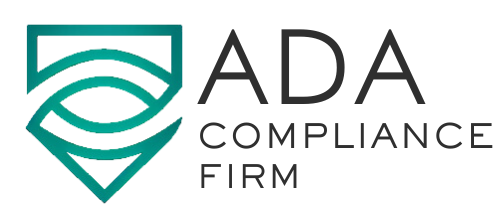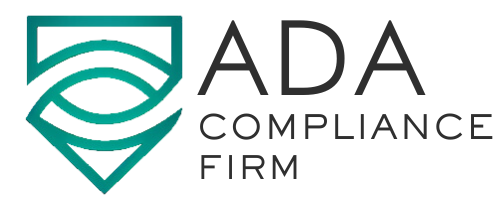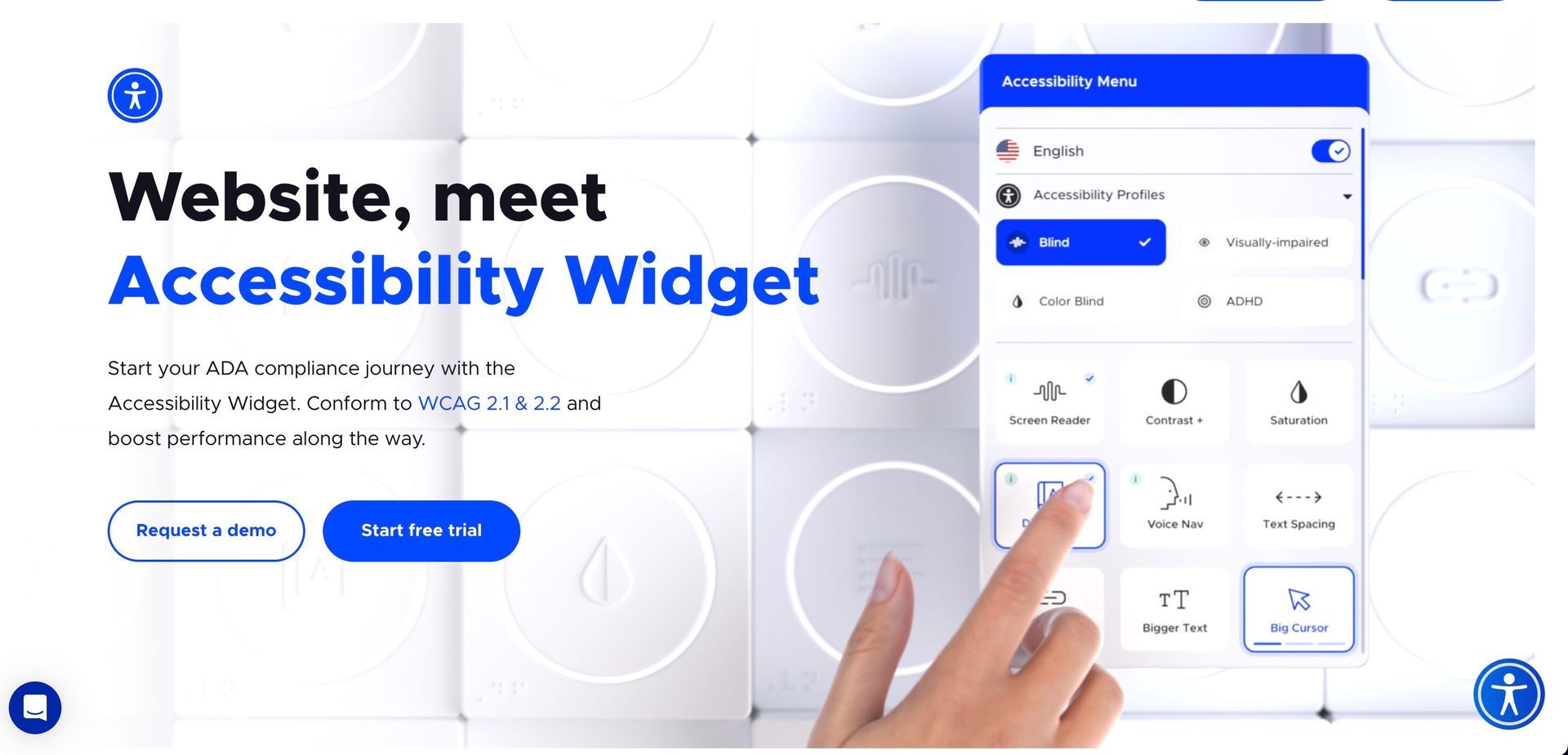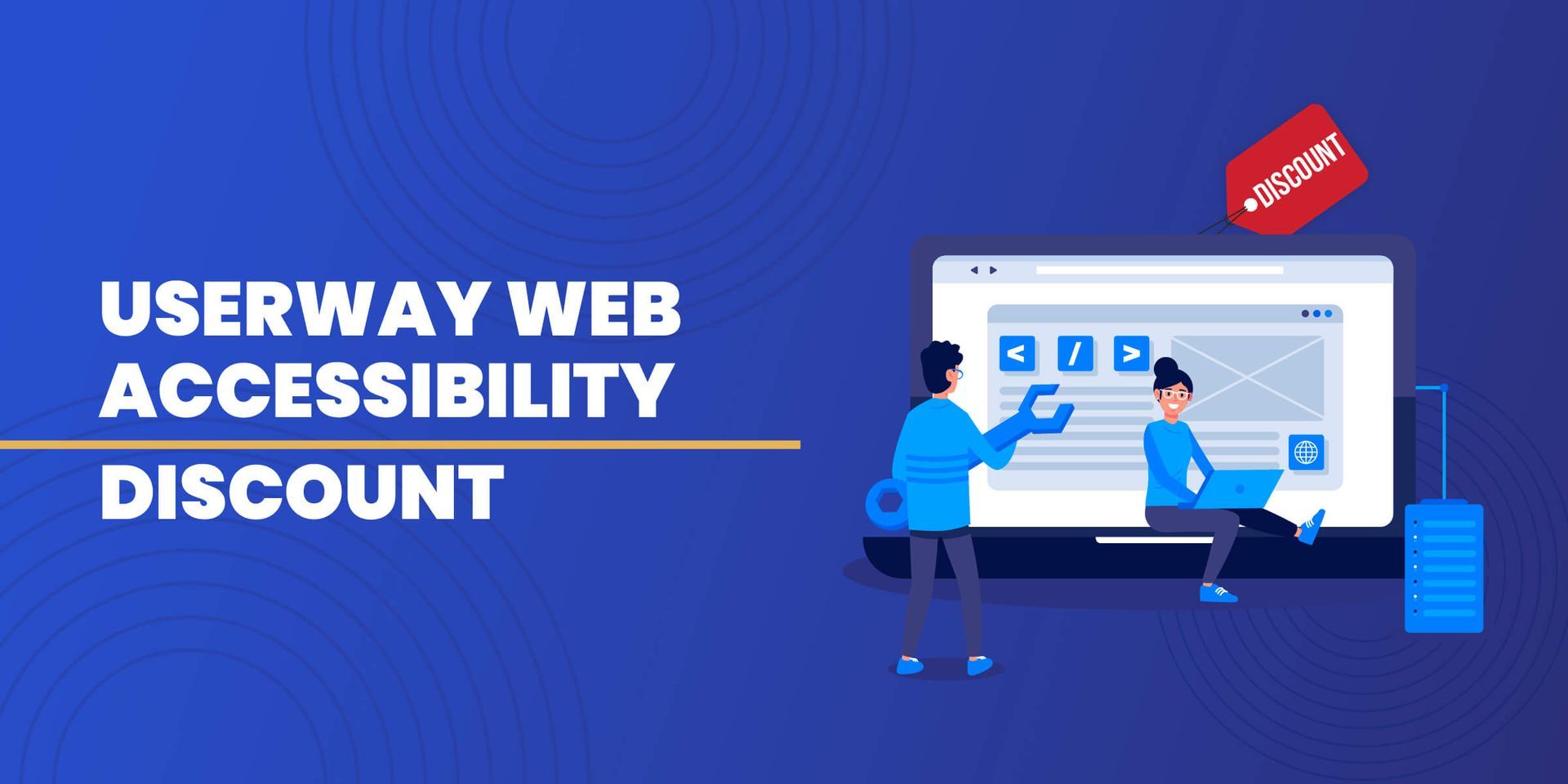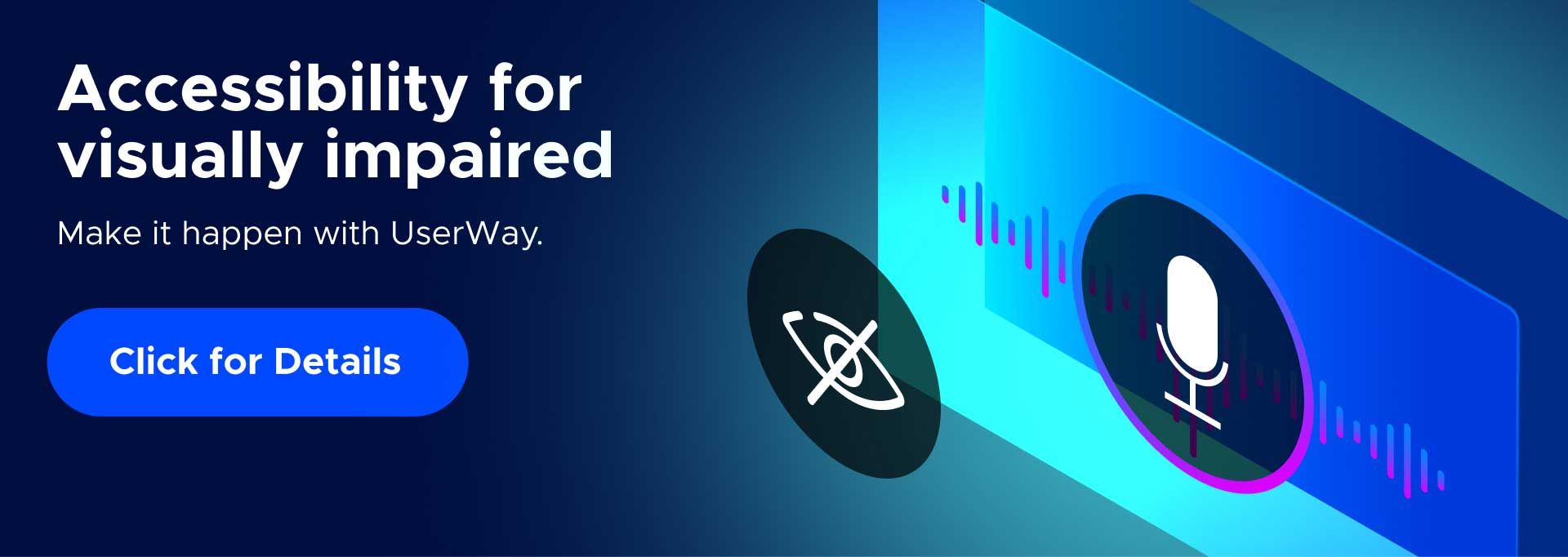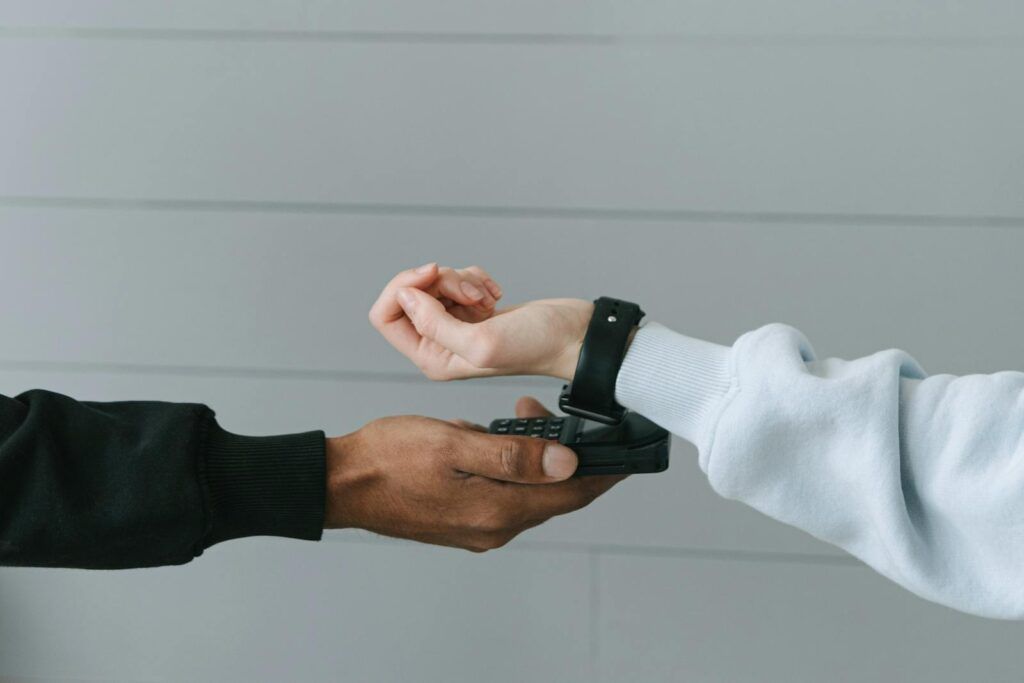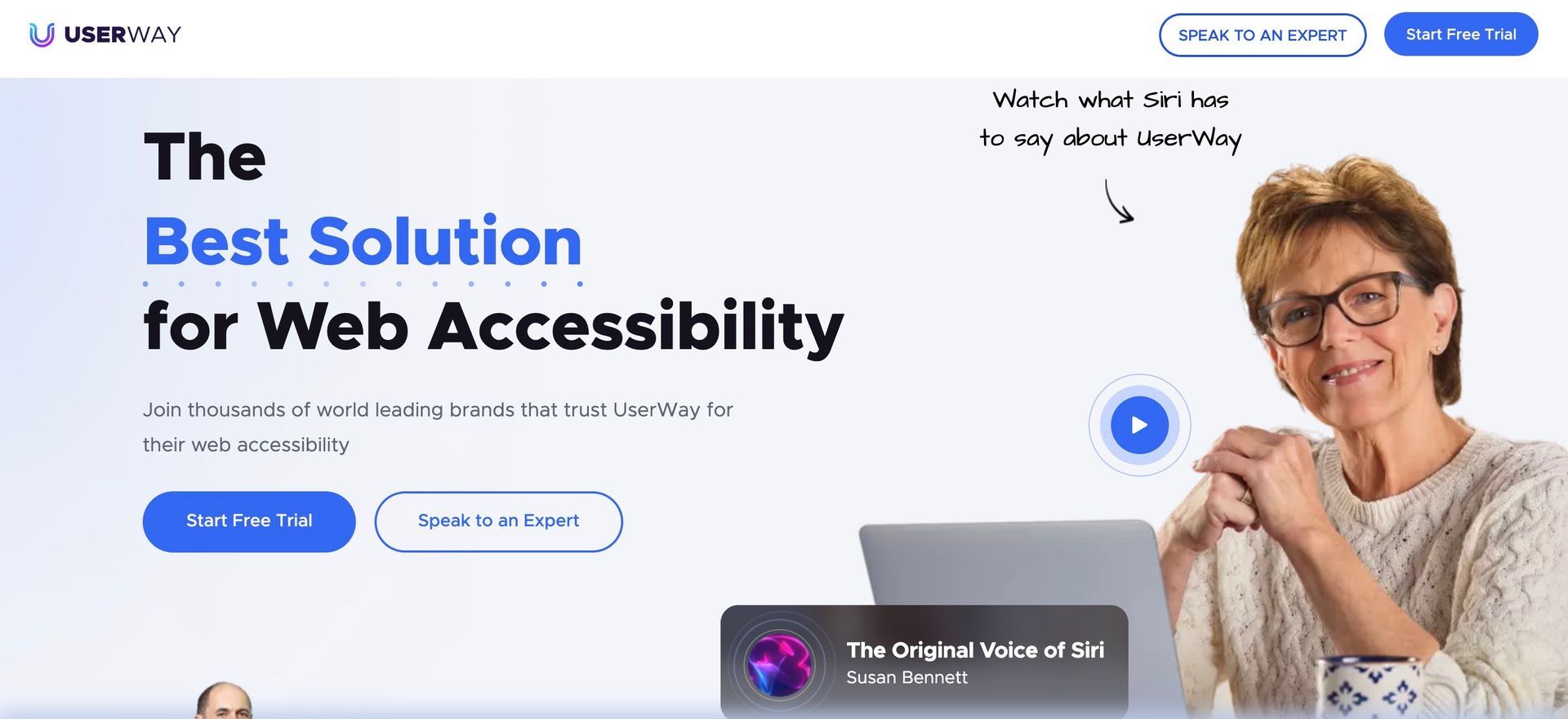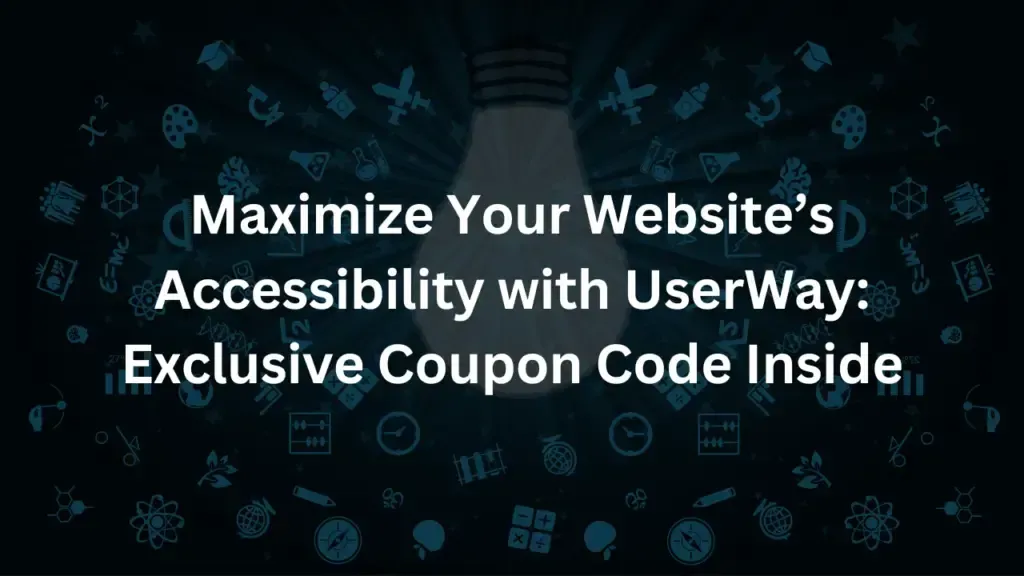ADA Approved Digital Accessibility Tools and Resources

Digital accessibility refers to the practice of making websites, software, and other digital content and technologies accessible to people with disabilities. Ensuring that your website and other digital content and technologies are accessible is not only important for complying with the law and avoiding digital accessibility lawsuits, but it is also the ethical thing to do, as it allows people with disabilities to fully participate in society and access the same information and opportunities as everyone else.
There are a number of tools and resources available that can help you make your website and other digital content and technologies more accessible. Here are some examples:
Web Content Accessibility Guidelines (WCAG): WCAG is a set of guidelines developed by the World Wide Web Consortium (W3C) that provide recommendations for making web content more accessible to people with disabilities. WCAG 2.1 is the latest version of these guidelines, and it is widely used as the standard for web accessibility.
Accessibility tools: There are a number of tools available that can help you identify and fix accessibility issues on your website and other digital content and technologies. These tools include automated testing tools, browser extensions, and testing tools for specific assistive technologies.
Accessibility checklists: Accessibility checklists provide a list of items to check for when evaluating the accessibility of a website or other digital content and technologies. These checklists can be a useful resource for developers, designers, and content creators to ensure that they are following best practices for digital accessibility.
Accessibility training resources: There are a number of training resources available that can help you learn more about digital accessibility and how to make your website and other digital content and technologies more accessible. These resources include online courses, webinars, and in-person training sessions.
Website Widgets
As the importance of creating accessible and inclusive websites continues to grow, tools like Userway, Accessibe, and AudioEye have emerged as popular solutions for improving the user experience for people with disabilities. However, each of these tools offers a different set of features and capabilities, so it can be helpful to understand how they compare to each other.
1.Userway is a website accessibility tool that offers a range of features designed to make websites more accessible for people with disabilities. These features include a customizable accessibility widget, automatic website scanning and remediation, and support for a wide range of disabilities including visual, auditory, cognitive, and motor impairments. Learn more about Userway by clicking here.
2. Accessibe is a website accessibility tool that also offers a range of features designed to make websites more accessible for people with disabilities. These features include a customizable accessibility widget, automatic website scanning and remediation, and support for a wide range of disabilities including visual, auditory, cognitive, and motor impairments. In addition to these features, Accessibe also offers a range of training and education resources to help website owners and developers understand and implement accessibility best practices.
3. AudioEye is a website accessibility tool that focuses specifically on providing support for users with auditory and cognitive impairments. Some of the features offered by AudioEye include an audio version of web content, customizable audio controls, and support for a range of assistive technologies.
So which of these tools is the best choice for your website? It really depends on your specific needs and priorities. If you are primarily concerned with making your website accessible for users with auditory or cognitive impairments, AudioEye may be the best choice. On the other hand, if you are looking for a more comprehensive solution that covers a wider range of disabilities, Userway or Accessibe might be more suitable.
Ultimately, the most important thing is to choose a tool that meets your needs and helps you create an accessible and inclusive website for all users.
Summary
By using these tools and resources, you can ensure that your website and other digital content and technologies are accessible to people with disabilities, and are compliant with web accessibility standards and guidelines. This can help to reduce the risk of digital accessibility lawsuits, increase customer satisfaction and loyalty, and promote social inclusion and equality.
If you'd like our help getting your website ADA Compliant please
click here to reach out.
Join our newsletter
Recent Blog Posts
